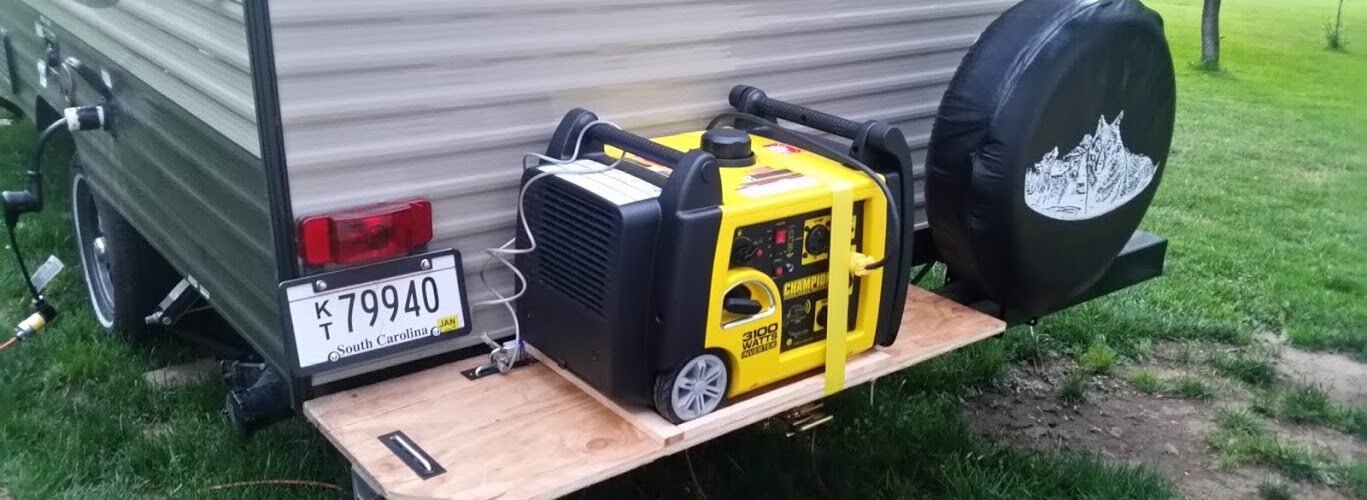
Operating with an electric current in areas that can be wet, during rain and snow is a particular danger. This especially concerns people who are using generators for travel trailers as far as they may constantly face with different climate conditions. Unpleasant consequences may arise even by working with wet hands.
What are the dangers of running a generator in the rain?
In the “best case” the generator will stall after the glow plug will be flooded with water. At worst the generator will require expensive repairs if the winding suffers.
Among the disadvantages of installing a generator in a room, we note the need to organize a ventilation system and reduce noise (sound insulation of the room), but you don’t need to worry about precipitation and severe heating of the unit.
In the case of installing a power station outdoors, you don’t need to worry about exhaust gas, and even with the noise, you can solve the problem by physically removing this device away from people’s location. But it is necessary to protect the source of electricity from moisture somehow, as this can cause metal corrosion, cause a short circuit, the failure of individual components of the station and as a result of the breakdown of the device. Besides, the placement of the generator in the rain, where there are frequent temperature changes, implies the formation of condensate.
You shouldn’t consider the power plant only in terms of the engine and its fuel system because in the first place it is an electrical unit and its main function is to generate electricity, so it requires reliable protection from contact with moisture.
The following are key facts and recommendations for the safe and efficient installation of generators. Whether you decided on using a generator in the rain you need:
- determine the total area that must be allocated for the installation of the device;
- make sure that there are no restrictions or barriers in this place that may interfere with the installation and working generator;
- provide equipment protection from the effects of precipitation (hail, rain), sunlight, dew, etc.;
- protect the generator from the impact of abrasive particles or electrically conductive dust and other pollutants that can be transported through the air (lint, fluff, smoke, fumes, oil mist, exhaust gases from running engines, etc.);
- protect the power plant from sudden damage by cars, forklifts, falling trees, etc.;
- provide for a free space around the generator of at least 3 feet, which is necessary for normal cooling of the installation, as well as for maintenance of the unit in good condition;
- install this power source only on a flat open area with a hard surface.

My name is Brandon, and I’ve been interested in cars since I was a kid. I got a bachelor’s degree in Automotive Technology and worked in a private car workshop. I have two cars that have been completely upgraded with my own hands. So I successfully put all my knowledge into practice.
